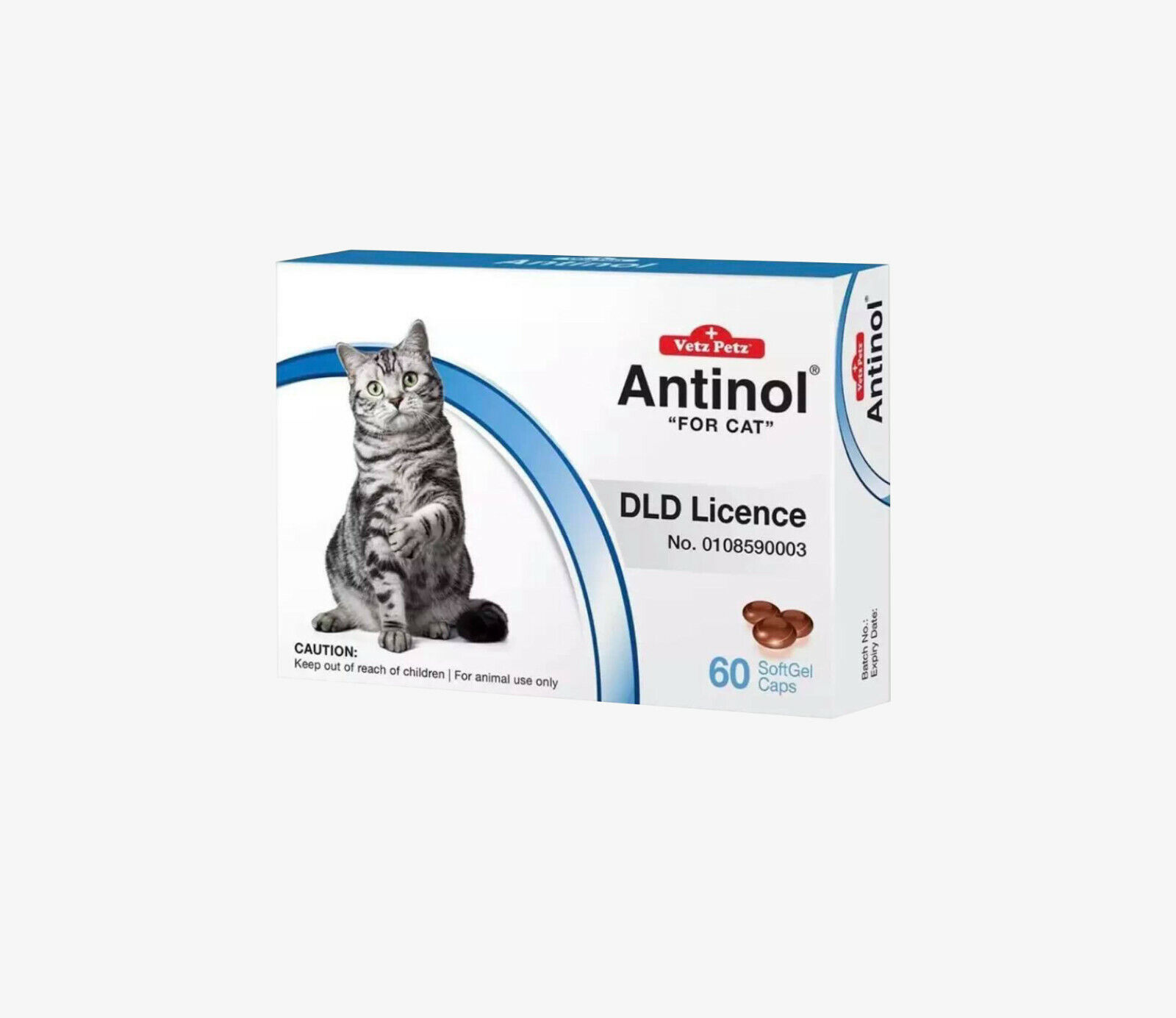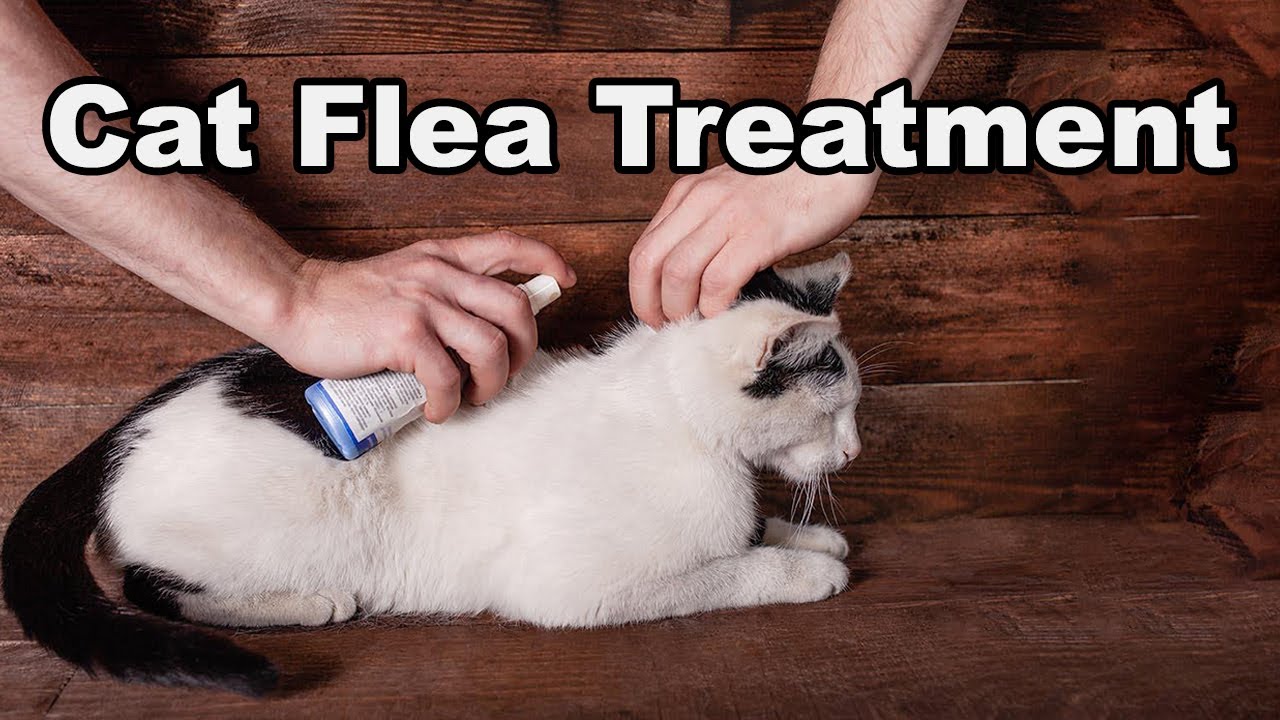Introduction: The Silent Struggle of Cat Pain
Your cat leaps onto the windowsill, but this time, there’s a wince—a subtle sign something’s wrong. Cats are masters at hiding pain, a survival instinct from their wild ancestors, but as devoted pet parents, we know when they need help. By April 2025, with feline lifespans stretching to 18 or even 20 years thanks to advances in veterinary care, managing pain has become a critical part of cat ownership. Whether it’s arthritis in a senior cat, a post-surgery ache, or an injury, finding the right pain reliever for cats is a mission of love and responsibility.
Why does this matter? Untreated pain doesn’t just dim your cat’s spark—it can worsen health issues, reduce appetite, and strain your bond. Yet, cat pain relief medication isn’t a one-size-fits-all solution—felines metabolize drugs differently than humans or dogs, making safety paramount. This 5000-word guide is your ultimate resource for understanding pain in cats, exploring the best pain medicine for cats, and navigating veterinary pain management options. From vet-prescribed drugs to natural remedies, we’ll equip you with the knowledge to ease your cat’s discomfort and keep their purrs flowing. Let’s dive into the world of feline pain relief!
Understanding Pain in Cats: Why It’s Hard to Spot
Cats don’t whimper or whine like dogs—they suffer in silence. This stoicism, rooted in their history as solitary hunters, makes identifying pain a challenge. A 2023 study in Journal of Feline Medicine and Surgery found that 90% of cats over 12 show signs of arthritis, yet only 30% of owners notice until it’s advanced.
Signs of Pain in Cats
- Behavioral Changes: Hiding, reduced grooming, or irritability—your once-social cat may retreat.
- Mobility Issues: Hesitation to jump, limping, or stiffness, especially after rest.
- Appetite Shifts: Eating less or avoiding hard kibble due to dental pain.
- Vocalization: Excessive meowing or growling when touched.
- Posture: Hunched back, tucked limbs, or reluctance to stretch.
Types of Pain
- Acute Pain: Sudden, short-term (e.g., post-surgery, injury). Responds well to quick-acting pain relievers.
- Chronic Pain: Ongoing, often from arthritis, cancer, or dental disease. Needs long-term management.
- Neuropathic Pain: Nerve-related, rare but tricky (e.g., diabetes complications). Requires specialized care.
Recognizing these cues is step one—effective cat pain relief medication depends on knowing what you’re treating.
Why Pain Relief for Cats Is Unique: Feline Physiology 101
Cats aren’t small humans or dogs—their livers lack key enzymes (like glucuronyl transferase) to metabolize many drugs, making common painkillers deadly. A single Tylenol (acetaminophen) tablet can kill a cat within hours, causing red blood cell damage and oxygen starvation. Ibuprofen and aspirin? Equally toxic, per the ASPCA Animal Poison Control Center.
This metabolic quirk means veterinary pain management for cats relies on a narrow, carefully tested arsenal of drugs. Safety trumps all—never raid your medicine cabinet. Instead, lean on vet-approved options tailored to feline biology.
Veterinary Pain Management for Cats: The Gold Standard
When your cat’s in pain, your veterinarian is your first call. Here’s a deep dive into the best pain medicine for cats available in 2025, all requiring a prescription for safety and efficacy.
1. Non-Steroidal Anti-Inflammatory Drugs (NSAIDs)
- How They Work: Reduce inflammation and pain by blocking prostaglandins—great for arthritis or post-op recovery.
- Top Options:
- Meloxicam (Metacam)
- Use: Cat arthritis treatment, dental pain, surgery recovery.
- Dose: 0.05 mg/kg once daily (liquid or injection).
- Pros: Long-acting (24 hours), widely studied.
- Cons: Risk of kidney or GI issues with prolonged use—vet monitoring required.
- Cost: $20-$40/month (Chewy Pharmacy).
- Robenacoxib (Onsior)
- Use: Acute pain (e.g., spay/neuter), arthritis flare-ups.
- Dose: 1 mg/kg daily for up to 3 days (tablets or injection).
- Pros: Short-term safety, gentler on stomach.
- Cons: Not for chronic use.
- Cost: $15-$30/6 tablets.
- Meloxicam (Metacam)
- Safety Note: NSAIDs need bloodwork (kidney/liver checks) before and during use—seniors are at higher risk for side effects.
2. Opioids
- How They Work: Bind to brain receptors to dull severe pain—ideal for surgery or trauma.
- Top Options:
- Buprenorphine (Buprenex, Simbadol)
- Use: Post-op pain, cancer, severe injury.
- Dose: 0.01-0.03 mg/kg every 6-12 hours (sublingual or injection).
- Pros: Potent, safe for cats, minimal sedation.
- Cons: Prescription-only, can cause euphoria or constipation.
- Cost: $30-$50/month.
- Tramadol
- Use: Chronic pain, adjunct to NSAIDs.
- Dose: 1-4 mg/kg every 8-12 hours (tablets).
- Pros: Affordable, versatile.
- Cons: Bitter taste, less effective alone.
- Cost: $10-$20/month.
- Buprenorphine (Buprenex, Simbadol)
- Safety Note: Opioids are controlled substances—vet oversight is strict.
3. Gabapentin
- How They Work: Calms nerve pain and anxiety, often used off-label for chronic conditions.
- Use: Neuropathic pain, arthritis, pre-vet visit sedation.
- Dose: 5-10 mg/kg every 8-12 hours (capsules or liquid).
- Pros: Safe, multi-purpose, reduces stress.
- Cons: May cause drowsiness; dosing varies widely.
- Cost: $15-$30/month (Chewy Pharmacy).
4. Corticosteroids
- How They Work: Reduce inflammation for conditions like allergies or cancer—not first-line for pain.
- Top Option: Prednisolone
- Use: Inflammatory pain, palliative care.
- Dose: 0.5-1 mg/kg daily, tapered off.
- Pros: Potent anti-inflammatory.
- Cons: Long-term risks (diabetes, immune suppression).
- Cost: $10-$20/month.
- Safety Note: Avoid combining with NSAIDs—GI ulcers can result.
5. Amantadine
- How They Work: Boosts other pain meds for chronic conditions (e.g., arthritis, cancer).
- Dose: 3-5 mg/kg once daily.
- Pros: Enhances NSAID efficacy, low side effects.
- Cons: Limited standalone use.
- Cost: $20-$40/month.
Key Takeaway: Veterinary pain management for cats prioritizes safety—your vet tailors the drug, dose, and duration to your cat’s needs. Never adjust without guidance.
Over-the-Counter Pain Relief: What’s Safe for Cats?
OTC options are slim—most human painkillers are toxic to cats. Here’s what’s (cautiously) viable:
- Aspirin: In tiny, vet-approved doses (5 mg/kg every 48-72 hours), it’s an emergency option for acute pain. But risks (GI bleeding, toxicity) make it rare—avoid unless prescribed.
- Supplements: Not true pain relievers, but they support comfort (see below).
Warning: Acetaminophen (Tylenol), ibuprofen (Advil), naproxen (Aleve), and most OTC drugs are lethal to cats. When in doubt, call your vet or the ASPCA Poison Control Hotline (888-426-4435).
Natural Pain Relief for Cats: Complementary Options
For mild pain or as adjuncts to vet meds, natural remedies can play a role in cat pain relief medication. Always consult your vet first.
1. Glucosamine and Chondroitin
- Use: Cat arthritis treatment, joint pain.
- How It Works: Supports cartilage, reduces inflammation.
- Product: Nutramax Cosequin (Chewy, $20/60 capsules).
- Dose: 1 capsule daily sprinkled on food.
- Pros: Safe, vet-endorsed, long-term benefits.
- Cons: Slow results (4-6 weeks).
2. Omega-3 Fatty Acids
- Use: Inflammation, arthritis, skin pain.
- How It Works: Anti-inflammatory from fish oil.
- Product: Nordic Naturals Omega-3 Pet (Chewy, $15/2 oz).
- Dose: 1/4 tsp daily for a 10-lb cat.
- Pros: Boosts coat health too.
- Cons: Not a standalone pain fix.
3. CBD Oil
- Use: Chronic pain, anxiety (off-label).
- How It Works: Interacts with endocannabinoid system—research is promising but limited.
- Product: Pet Releaf Hemp Oil (Petco, $30/100 mg).
- Dose: 1-2 mg/kg daily, per vet.
- Pros: Natural, calming.
- Cons: Unregulated; dosing varies.
- Safety Note: Use cat-specific, THC-free products—human CBD can harm.
4. Turmeric
- Use: Mild inflammation.
- How It Works: Curcumin reduces swelling.
- Dose: 1/8 tsp mixed with food, vet-approved.
- Pros: Cheap, natural.
- Cons: Weak evidence, staining risk.
5. Acupuncture
- Use: Chronic pain (arthritis, cancer).
- How It Works: Stimulates nerves to release endorphins—offered by certified vet acupuncturists.
- Cost: $50-$150/session.
- Pros: Non-invasive, holistic.
- Cons: Requires travel, variable results.
Natural options shine as support—not replacements—for the best pain medicine for cats.
Pain Reliever for Cats: Top Products in 2025
Here’s a quick comparison of vet-approved options:
| Drug/Product | Type | Use | Duration | Cost | Best For |
|---|---|---|---|---|---|
| Meloxicam (Metacam) | NSAID | Arthritis, surgery | 24 hrs | $20-$40/month | Chronic pain |
| Robenacoxib (Onsior) | NSAID | Acute pain | 24 hrs (3 days max) | $15-$30/6 tabs | Short-term relief |
| Buprenorphine | Opioid | Severe pain | 6-12 hrs | $30-$50/month | Post-op, cancer |
| Gabapentin | Nerve modulator | Neuropathic, anxiety | 8-12 hrs | $15-$30/month | Versatile pain |
| Cosequin | Supplement | Joint pain | Daily | $20/60 caps | Arthritis support |
| Pet Releaf CBD | Natural | Chronic pain | Daily | $30/100 mg | Mild relief, calming |
Key Takeaway: Meloxicam and buprenorphine lead for potency; supplements like Cosequin offer long-term aid.
Administering Pain Relief: Tips for Success
Giving cats meds is an art—here’s how to ace it:
- Pills: Hide in a treat (Greenies Pill Pockets, $8) or use a pill gun (Petco, $5).
- Liquids: Syringe into the cheek pouch—slowly, with praise.
- Topicals: Apply between shoulder blades; distract with play after.
- Supplements: Mix into wet food (Wellness CORE, $2/can) for picky eaters.
Watch for side effects (vomiting, lethargy)—report to your vet ASAP.
Cat Arthritis Treatment: A Pain Relief Focus
Arthritis tops the list of chronic pain causes in cats—90% of seniors have it, per Veterinary Clinics. Pain relievers are key:
- Meloxicam: Gold standard for daily relief.
- Cosequin: Slows joint wear.
- Onsior: Flare-up buster.
- Environment: Ramps (PetSafe CozyUp, $40) and heated beds (K&H Thermo, $50) ease strain.
Combine meds with lifestyle tweaks for a happier, mobile cat.
Safety First: Avoiding Pain Relief Pitfalls
- No Human Meds: Acetaminophen, ibuprofen, etc., are fatal—stick to vet scripts.
- Dose Precision: Overdosing NSAIDs can harm kidneys—use a syringe or scale.
- Monitor: Bloodwork every 6 months on chronic meds catches issues early.
- Allergies: Rare, but watch for swelling or rash—stop and call your vet.
Safety isn’t optional—it’s the heart of pain reliever for cats.
Cost of Cat Pain Relief: Budgeting for Comfort
- Prescriptions: $10-$50/month (Tramadol vs. Buprenorphine).
- Supplements: $15-$30/month (Cosequin, Omega-3).
- Vet Visits: $50-$150, plus $50-$100 for bloodwork.
- Natural: $20-$50 (CBD, acupuncture).
Chewy’s Autoship saves 5-10%, and insurance (e.g., Pumpkin) offsets big bills. Invest now—pain-free cats save on future costs.
Myths About Pain Relief for Cats: Debunked
- Myth: Cats don’t feel pain like humans.
Fact: They feel it—they just hide it better. - Myth: All NSAIDs are safe for cats.
Fact: Only vet-approved ones (e.g., Meloxicam) work. - Myth: Pain meds fix everything.
Fact: They manage, not cure—address the cause too.
Truth guides smart choices in veterinary pain management for cats.
Conclusion: A Pain-Free Future for Your Cat
Pain doesn’t have to define your cat’s life. From Meloxicam for arthritis to natural boosts like Cosequin, the right pain reliever for cats can restore their bounce—or at least their peace. In 2025, with vet care and cat pain relief medication more advanced than ever, you hold the power to ease their burden.
Start with a vet visit, explore safe options, and watch your cat thrive. What’s your next step for feline comfort? Share below and let’s keep those purrs coming!






